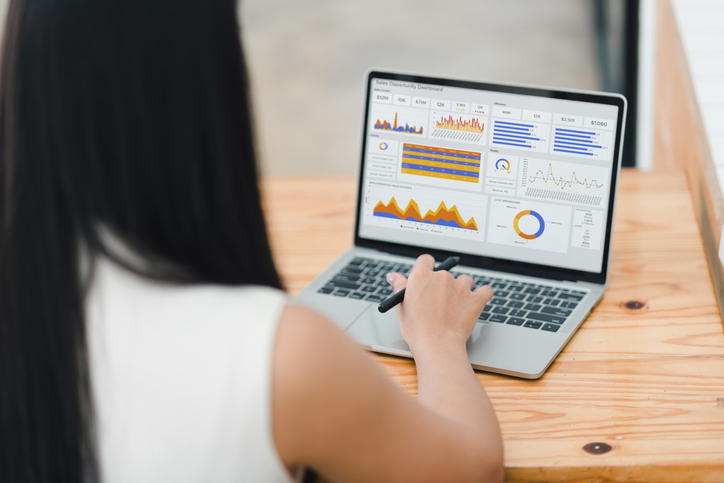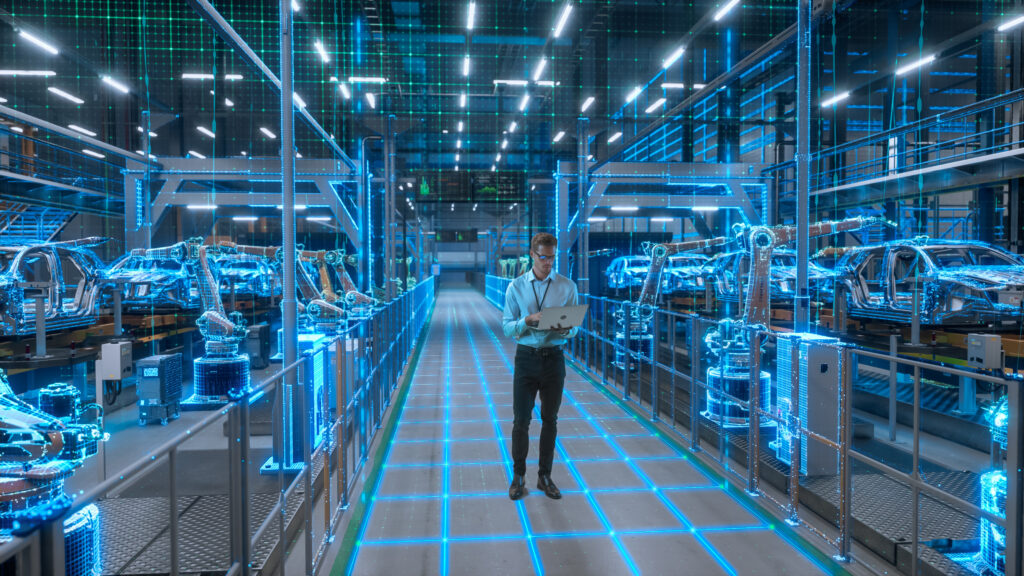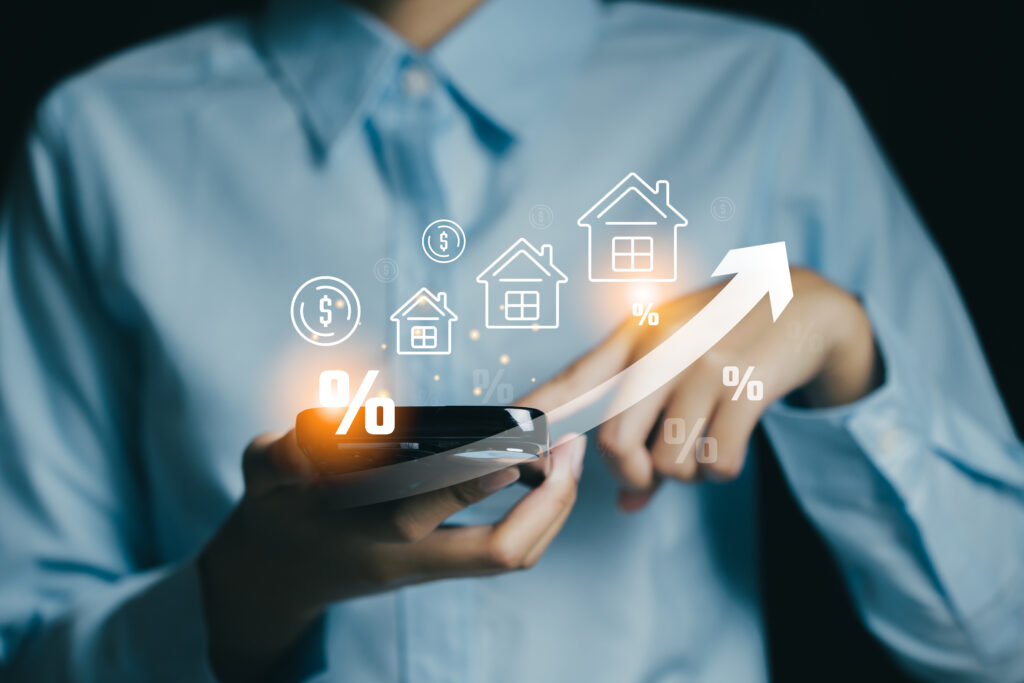Data Acquisition (DAQ)? System, Examples, How it Works
What is data acquisition (DAQ)?
Data Acquisition, or DAQ, is the process of collecting information from the real world and turning it into numbers that computers or AI can understand. Think of it like turning what is happening around us into something a computer can read. DAQ systems give AI the information it needs to learn and make smart choices. Without DAQ, AI cannot understand the real world.
For example, when a machine in a factory gets too hot or vibrates too much, it might break. Sensors check these things and send the information as numbers so that AI knows if something is wrong. In self-driving cars, the car uses cameras and sensors to watch the road, turn what it sees into numbers, and use AI to make driving decisions.

What are data acquisition systems?
A DAQ system is a combination of hardware and software that works together to collect, process, and store data from sensors. Sensors detect changes like temperature, movement, or sound, and the DAQ system turns that into useful data. The system can show the information in real time or save it for later analysis.
DAQ systems are used everywhere, even if you don’t see them. They are inside smart factories, self-driving cars, hospitals, and environmental monitoring systems. Without a DAQ system, AI solutions wouldn’t work because they wouldn’t have the data they need.
Components of data acquisition system
1. Sensors and Transducers
Sensors are the most important part because they collect information from the environment. They can measure things like heat, pressure, sound, light, or movement and turn them into signals. For example, a temperature sensor checks if a machine is overheating, and a vibration sensor in a car checks how fast it is moving or shaking. Microphones record sound, and ultrasonic sensors check distance. Without sensors, AI wouldn’t know what’s happening, so sensors are always the first step.
2. Signal Conditioning Hardware
Signals from sensors are often weak or noisy, which makes them hard to use right away. That’s why DAQ systems have hardware to clean up and strengthen the signals. For example, data from a vibration sensor may be too weak, so the system amplifies the signal and removes the noise. This helps AI get clean and accurate information. Without this process, AI might get confused or miss important changes.
3. Analog-to-Digital Converters (ADC)
Most sensors send analog signals, but computers and AI can only read digital signals, which are 0s and 1s. The ADC changes the sensor’s signal into numbers the computer understands. For example, if the temperature is 25°C, the ADC turns that into the number 25. The better the ADC, the more precise the data will be. This helps AI make smarter decisions because the data is accurate.
4. Data Storage and Processing Units
Once the data is collected and converted, the system either stores it or analyzes it right away. Simple systems use a computer or server, while modern systems use cloud computing or edge devices. For instance, a self-driving car needs to process data in real time to make fast driving decisions. These storage and processing parts are important because they make sure the data is available when needed.
5. DAQ Software and User Interface
The software is like the brain of the DAQ system. It shows the data in graphs or dashboards and connects to AI models. Users can check the data in real time or get alerts if something is wrong. For example, a factory manager can watch machine temperatures and fix problems before a breakdown happens. Today, many systems have apps or web dashboards, so users can check the data from anywhere.

What does a data acquisition system measure?
DAQ systems measure a wide range of data from the real world, serving as essential fuel for AI learning and analysis. If you collect good data from the start, it also becomes easier to do data augmentation later. You can create more data by changing or adding to the original data, and use it right away without spending too much time cleaning or fixing it.
1. Electrical Parameters (Voltage, Current, Resistance)
DAQ systems measure electrical values like voltage, current, and resistance. These measurements are important in tests like checking batteries or monitoring solar power plants. For example, a battery test checks voltage and current to see if the battery is safe and efficient. In solar power plants, these measurements help increase energy output. Accurate electrical data helps keep systems running smoothly.
2. Physical Parameters (Temperature, Pressure, Vibration)
Physical parameters like temperature, pressure, and vibration are also measured by DAQ systems. Monitoring these helps prevent failures in machines or factories. For example, if a factory machine vibrates too much, it could break, so sensors alert the team early. Airplanes and cars also check these values during safety tests. Keeping track of physical conditions helps avoid big problems.
3. Environmental Conditions (Humidity, Light Intensity)
DAQ systems also measure environmental conditions like humidity and light. In smart farms, sensors measure soil moisture and sunlight to help plants grow better. In smart buildings, sensors adjust lighting based on how bright it is outside, which saves energy. These measurements help create better living and working environments.
4. Chemical Properties (pH Levels, Gas Concentrations)
DAQ systems measure chemical things like pH levels or gas concentrations. This is important for safety in factories or labs where harmful gases might be present. For example, water plants measure pH to make sure the water is safe. Smart cities use gas sensors to check air quality and keep people safe. This helps prevent health risks and accidents.

What sensors are commonly used with DAQ systems?
1. Temperature and Pressure Sensors (Thermocouples, RTDs, Strain Gauges, Piezoelectric Sensors)
Sensors like thermocouples, RTDs, strain gauges, and piezoelectric sensors check temperature and pressure. They help monitor machines, buildings, or bridges. For example, a strain gauge senses if a bridge is bending too much, which could be dangerous. Piezoelectric sensors detect tiny pressure changes that can show early signs of problems.
2. Motion and Optical Sensors (Accelerometers, Gyroscopes, Photodiodes, Light Meters)
Motion sensors like accelerometers measure speed and movement. Gyroscopes check rotation and help drones or robots stay balanced. Light sensors like photodiodes measure how bright it is. These sensors are used in smart lighting systems, solar panels, and even cameras. They help machines see and understand their surroundings.
3. Acoustic and Environmental Sensors (Microphones, Ultrasonic Transducers)
Microphones record sounds but also detect unusual noises like glass breaking. This helps security systems send alerts. Ultrasonic sensors measure distances and are used in parking sensors, drones, and water level checks. Environmental sensors detect harmful gases to help AI keep indoor air clean and safe.
Examples of data acquisition: Use Cases
1. Structural Health Monitoring in Civil Engineering
DAQ systems are used to check bridges, tunnels, and tall buildings. They measure stress, cracks, and vibrations to make sure the structures are safe. In South Korea, big bridges are monitored all the time using these systems. If something changes, AI analyzes the data and sends alerts. In Japan, DAQ helps during earthquakes to guide evacuation and repairs.
2. Automotive Performance Testing
Cars use DAQ systems during tests to collect data on speed, braking, engine temperature, and more. This helps make cars safer and better. Electric cars also use DAQ to test battery performance. Self-driving cars use dozens of sensors to watch the road, and the data is analyzed in real time. Companies like Tesla and Hyundai rely on DAQ for their self-driving systems.
3. Environmental Monitoring and Climate Studies
DAQ systems check air quality, temperature, humidity, and CO₂ levels. Cities like Seoul use these systems to measure fine dust and inform people. Forests use fire monitoring sensors to detect heat or smoke early. Scientists also use DAQ systems in the Arctic or oceans to study climate change.
4. Industrial Automation and Process Control
In smart factories, DAQ systems control production by monitoring things like temperature, pressure, and speed. AI uses this data to keep product quality high and spot problems early. For example, semiconductor factories use DAQ 24/7 because even small changes can cause big problems. Big companies use DAQ to improve quality and efficiency.
5. Biomedical Signal Monitoring
Hospitals use DAQ systems to monitor patient health in real time. They track heart rate, brain waves, blood pressure, and oxygen levels. AI analyzes the data and alerts doctors if something is wrong. Wearable devices like fitness trackers use this technology too. It helps people watch their health and even supports telemedicine.

Why data acquisition systems matter: Benefits and Importance
1. Enhancing Product Quality and Reliability
Good data helps make better products. Factories use DAQ to control every step of production and avoid mistakes. For example, semiconductor factories check temperature and humidity all the time to prevent defects. DAQ helps improve quality and build trust in products.
2. Facilitation Research and Development
Scientists and engineers use DAQ to collect data for experiments. Battery labs run tests thousands of times to learn how to make safer and longer-lasting batteries. In medicine, DAQ tracks drug effects and side effects. This data helps create new technology and better products.
3. Enabling Predictive Maintenance
DAQ systems watch machines and find problems early. For example, wind turbines use sensors to check for signs of failure before anything breaks. Smart factories use this to avoid downtime and save money. Predictive maintenance extends machine life and boosts productivity.
4. Supporting Regulatory Compliance
Factories must follow rules about safety and pollution. DAQ systems measure harmful gases and keep records. Governments use this data to make sure companies follow the rules. Smart cities also use sensors to check air quality and protect citizens’ health.

Common Data Acquisition Considerations
1. Sampling Rate and Resolution
Sampling rate means how often the system collects data per second. Fast-moving machines or systems with quick changes need a high sampling rate. For example, if a machine vibrates very fast, a low sampling rate might miss important spikes. High resolution is also important because it allows the system to detect small changes in the data, like a slight increase in temperature or a small pressure drop. Together, sampling rate and resolution decide how detailed and reliable the collected data is, which is critical for tasks like vibration analysis in aircraft or monitoring semiconductor production lines.
2. Data Accuracy and Precision
Accuracy and precision mean the system needs to measure the correct value and do it consistently every time. In fields like healthcare, even a small error in data can lead to wrong decisions, such as missing a heart problem during patient monitoring. In aviation, incorrect sensor readings could affect flight safety. That’s why DAQ systems often use signal amplifiers and noise filters to improve accuracy. Using high-quality sensors and calibration processes is essential to prevent data errors that can cause expensive failures or safety risks.
3. System Compatibility and Integration
DAQ systems must work smoothly with all the sensors, storage devices, and software tools in use. If systems are not compatible, data may get lost or misinterpreted. For example, connecting old sensors with modern AI analysis software might cause errors without proper integration. Also, as technology evolves, companies often need to expand their systems by adding new sensors or cloud services. A good DAQ system should be flexible and support international standards like OPC-UA or Modbus, making it easy to upgrade and expand without starting from scratch.
4. Environmental and Operational Conditions
DAQ systems are often placed in extreme environments, so they must be tough and reliable. For example, systems used in oil rigs, desert solar farms, or freezing polar regions face extreme temperatures, dust, humidity, or strong vibrations. If the DAQ system isn’t built for these conditions, sensors could break or give wrong readings. That’s why industrial-grade DAQ systems come with waterproofing, dust resistance, and temperature protection. Choosing the right design ensures the system keeps working even in harsh environments, protecting both data quality and expensive equipment.
5. Cost and Budget Constraints
DAQ systems can be costly, especially when many high-end sensors and fast processors are involved. However, spending too much on features that aren’t necessary wastes budget. For example, a research lab might need very precise and expensive equipment, while a factory doing simple temperature monitoring might not. Some companies use modular DAQ systems so they can add new parts only when needed. Cloud-based solutions are also growing because they reduce the need for expensive on-site storage and make data accessible from anywhere. Balancing cost and performance is important for building an effective DAQ system without breaking the budget.

Data Acquisition, How to close the gap between the real world and the ideals: Synthetic Data from Azoo
The success of any AI solution depends on how well it collects good data. A data acquisition (DAQ) system is the foundation that helps AI understand and analyze the real world. In many industries—like research, manufacturing, healthcare, and environmental monitoring—reliable data collection is becoming more important every day.
Recent research shows that collecting the right data is very important to make AI models better. A study by York University and the University of Toronto explains how to choose and collect only the most useful data, especially when there is not much money to spend. This helps save time and cost while still improving the AI model’s performance. The study also shows that smart data collection can make AI learn faster and work better. You can read the full paper here.
However, collecting real-world data is not always easy. It can be expensive, slow, or even risky when sensitive information is involved. That is why synthetic data is now rising as a smart alternative. It helps create data that looks real but is safe to use.
With synthetic data from azoo, companies can train and test AI models safely, even when real data is hard to collect or too sensitive to use. It is a great way to prepare AI systems for the real world while protecting privacy.

 Data Market
Data Market

